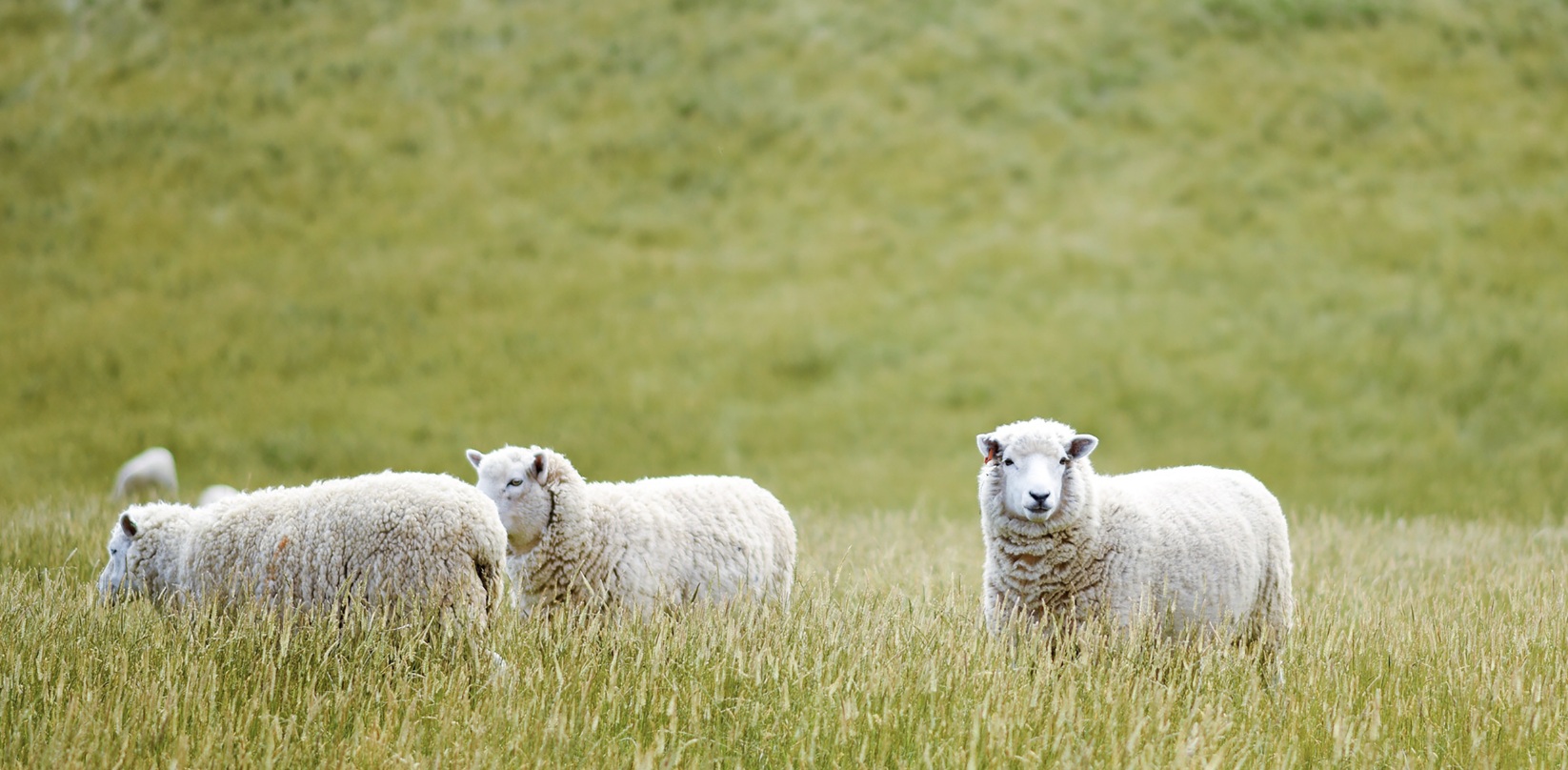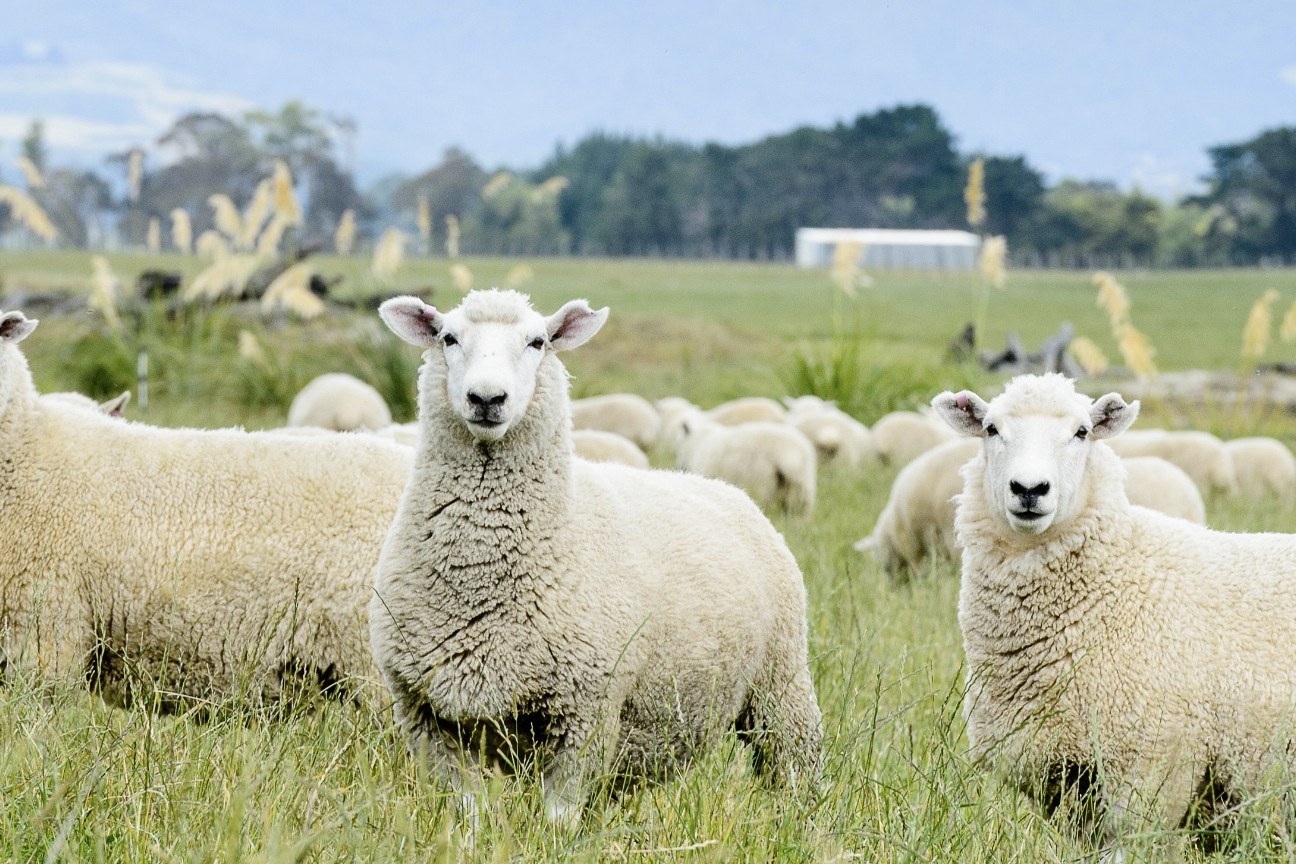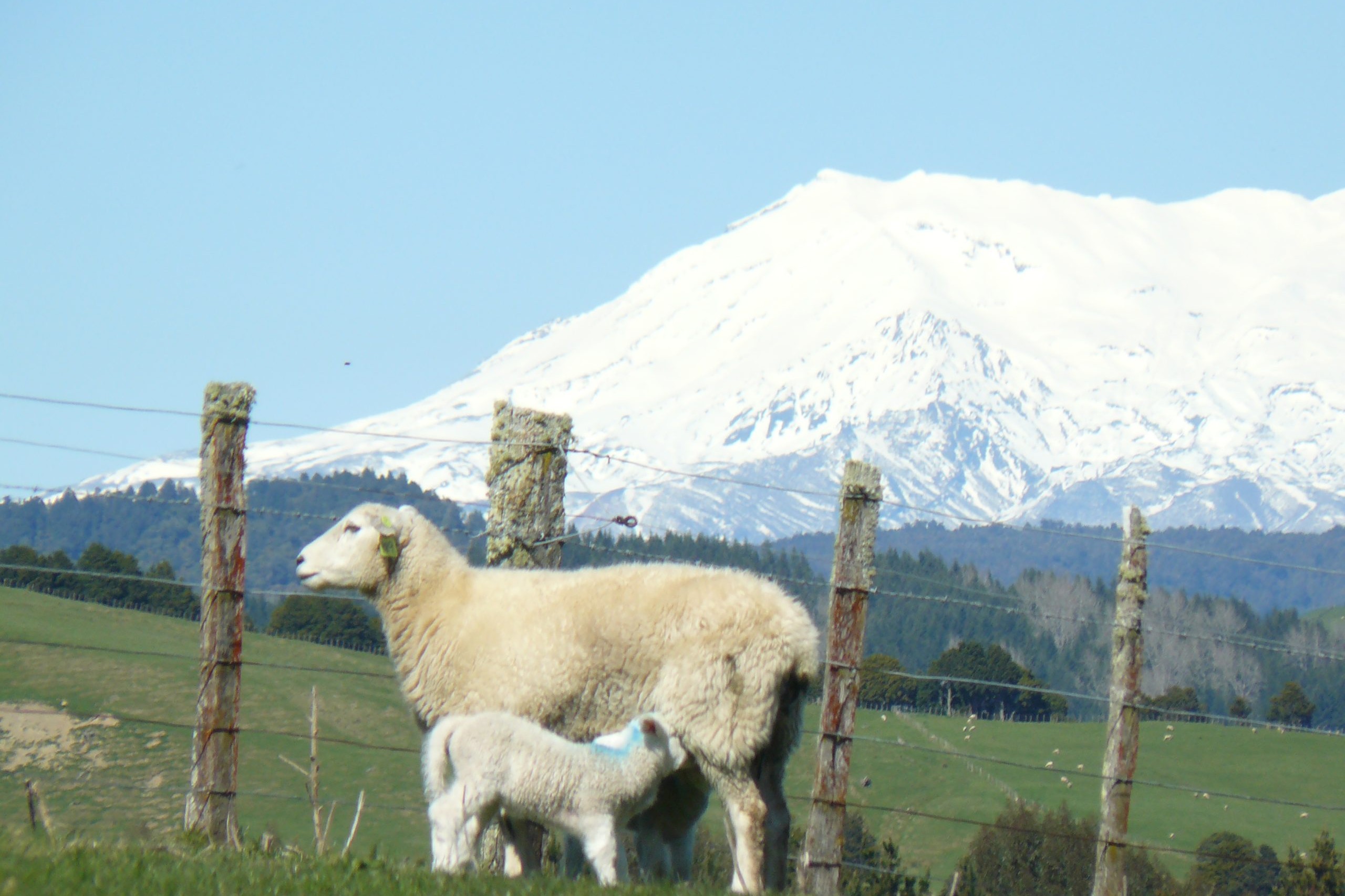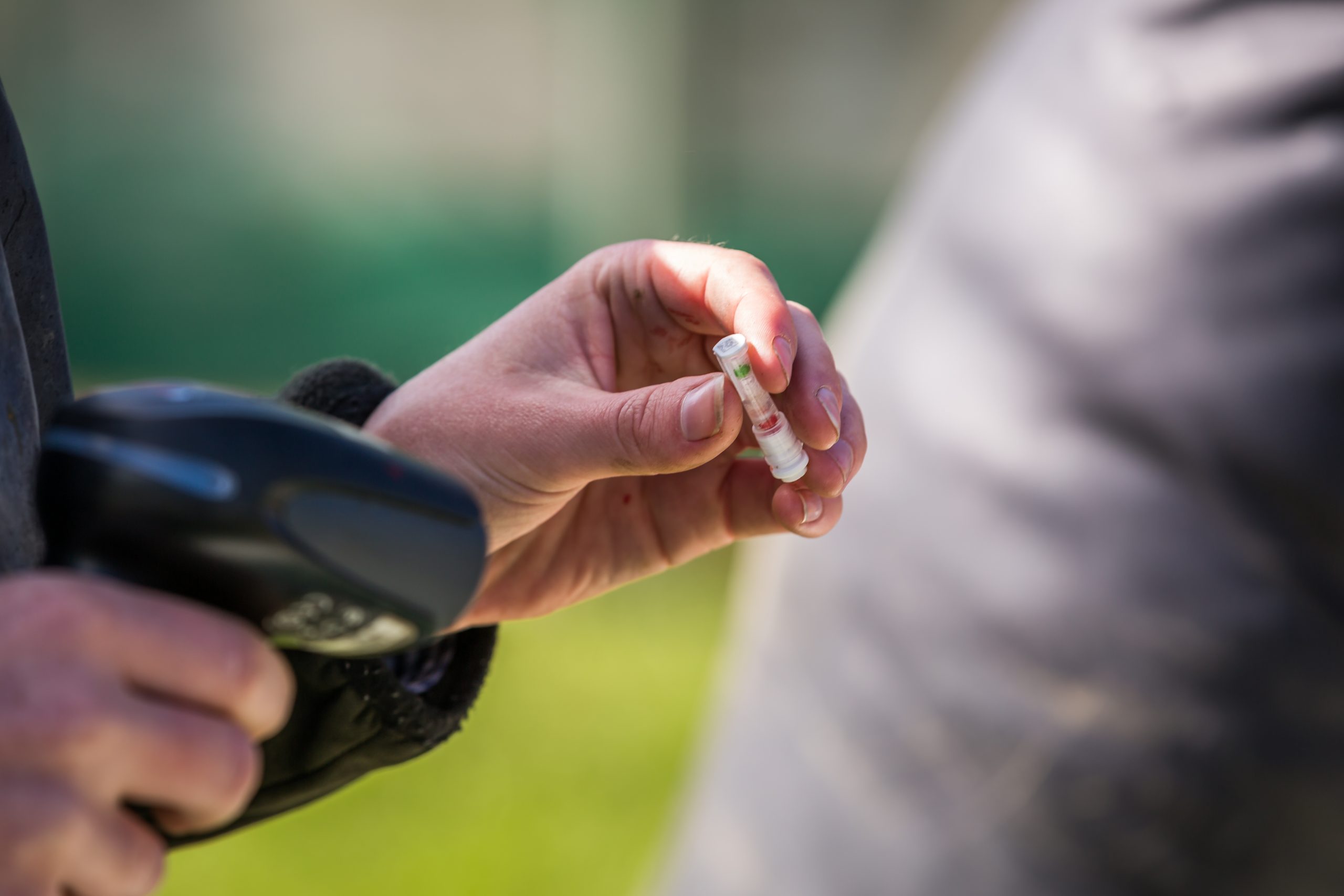Unlocking the Potential of Hogget Lambing
Beef + Lamb New Zealand’s recently re-released Unlocking the Potential of Hogget Lambing book contains a wealth of practical information for sheep farmers wanting to maximise production in their replacement ewe lambs. Words Sandra Taylor.

A recently rewritten book includes the collective experience and management advice from Paul Kenyon, Professor of Sheep Husbandry, and Rene Corner-Thomas, Associate Professor of Animal Science, both from Massey University’s School of Agriculture and Environment and members of Southland’s Hogget 150 Group.
Unlocking the Potential of Hogget Lambing sets the scene by outlining the advantages and disadvantages of mating ewe lambs and includes an economic analysis of the different hogget and mature ewe weaning rate scenarios.
The advantages of hogget lambing include more lambs born, more efficient use of herbage, increased selection pressure for replacements, an increase in the ewe’s lifetime performance and a reduction in the generation interval when progeny born to ewe hoggets are selected as replacements.
Disadvantages include increased feed requirements, especially in the first year of the ewe lamb’s life, increased pressure on the farm system, reduced flexibility with another high priority class of stock and an increased workload.
Each subsequent chapter delves into the management of hoggets at each stage of the reproductive cycle from pre-mating management, management over breeding, pregnancy, weaning and post-weaning and the potential long-term impact of hogget breeding. B+LNZ’s General Manager of Farming Excellence Dan Brier says Unlocking the Potential of Hogget Lambing is a practical how-to guide to help sheep farmers maximise their ewe lambs’ reproductive performance over their lifetime.
“As the experiences of the Hogget 150 Group has shown, done well, hogget lambing can significantly increase the reproductive performance of those sheep over their lifetime and drive efficiencies in the whole farm system. Done badly, the inverse is true, so it is important farmers wanting to mate their hoggets have their feeding and management strategies in place before they start.
Hogget 150 Group – management strategies
The Hogget 150 Group was formed in 2019 as a Red Meat Profit Partnership Action Group. It is made up of 10 farmers from across Southland and South Otago representing a wide range of farm types and environments.
Members run between 500 and 2,000 hoggets all of which are either a Romney/Coopworth-based composite/crossbreed with some Texel.
The group has put together a list of the management strategies they believe are critical to successful hogget mating and reproductive performance.
Selection, shearing and the use of teasers
At the end of January or in early February, the majority of members select replacement ewe lambs from their twin and triplet mobs, sending the heavier singles for processing. They select the heavier multiple lambs (a minimum of 35kg LW if possible) and also select on type and in some cases, dag score.
They have found shearing replacement lambs in mid-February helps drive growth rates, but they will also preferentially feed the bottom-end lambs.
Immediately after shearing they put teaser rams, or rams with a no-mate harness, out at a ratio of 1:100–200 for around 60 days. This is around three times longer than the recommended 17 days.
They have all found ovulation rates increase significantly in the third and fourth cycle – hence leaving the teaser out for an extended period.
Mating management
At the end of March, they cull any ewe lambs that are under 40kg LW and by mid-April, any ewe lambs not weighing a minimum of 45kg will also be culled. Most of the group is aiming to have their ewe lambs weighing an average 50kg at mating and to achieve this, the lambs need to be growing at 350–400g/day over summer.
“Unlocking the Potential of Hogget Lambing is a practical how-to guide to help sheep farmers maximise their ewe lambs’ reproductive performance over their lifetime.” – Dan Brier, General Manager of Farming Excellence, Beef + Lamb New Zealand
A week before the ram goes out, they back off the feeding by running the ewe lambs behind a wire. They have experienced problems with conception or pregnancy retention if the lambs are continuing to grow quickly over mating.
The majority of members use a Dorper-cross ram over their hoggets. While they have all tried different breeds, they have found they have minimal lambing problems with the Dorper-cross rams. The resulting lambs are also extremely hardy and aggressive feeders with high survivability.
Driving winter growth rates – forage crops won’t work
All the group’s members winter their hoggets on grass, typically on daily shifts. They want their hoggets to be growing at least 120g/day throughout winter and have found this is surprisingly difficult to achieve, especially on swedes or brassicas.
Some members have elected to winter their capital ewes on forage crops and keep their hoggets on grass to help keep them growing over winter.
Lambing
In August, most of the group’s members either pre-lamb shear (using a cover-comb) or belly crutch their hoggets.
The following month the hoggets are given a five-in-one vaccination and a long-acting drench. The latter is particularly important.
The twin-bearing hoggets are preferentially fed while the single-bearing hoggets are kept behind a wire in the lead-up to lambing and at lambing, the twin-bearing hoggets are set-stocked in well-sheltered paddocks.
The group have found that thanks to the use of teaser rams, 70% of their hoggets will lamb within the first 10 days of lambing.
Pasture management
To keep both the hoggets and their offspring growing over spring, it is critical to maintain pasture quality over October and November.
The group considers cattle to be an important component of a successful hogget mating system for both pasture quality and worm control.
Weaning
All the Hogget 150 Group members aim to wean the twin hogget lambs before Christmas and some will leave the single lambs on for a bit longer and sell these lambs prime at weaning.
In January, the hoggets are body condition scored and managed accordingly. Where necessary, lighter hoggets are drenched. This ensures the two-tooths are going to the ram in optimal condition.
Impact on the farm system
All members have reduced ewe numbers to accommodate improved hogget productivity, but the overall outcome has been more lambs born across the whole flock.
They have found it is a much more efficient system as they are producing more lambs from fewer capital stock.
This has had a positive impact on the bottom line.
Click here to get the Beef + Lamb New Zealand’s Unlocking the Potential of Hogget Lambing book.




